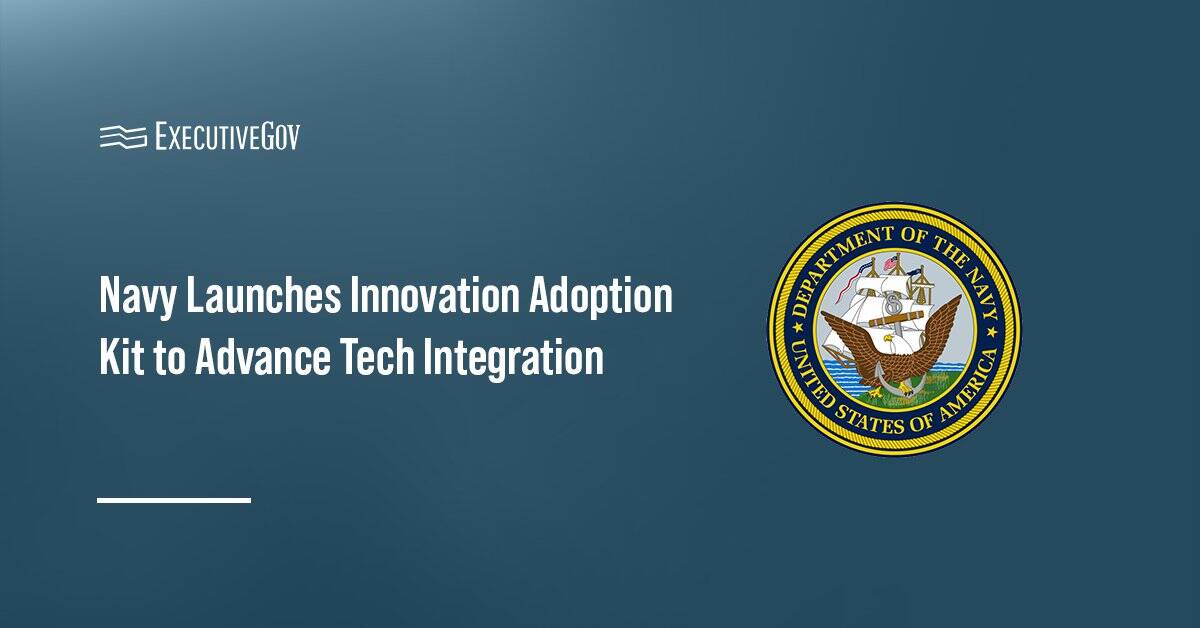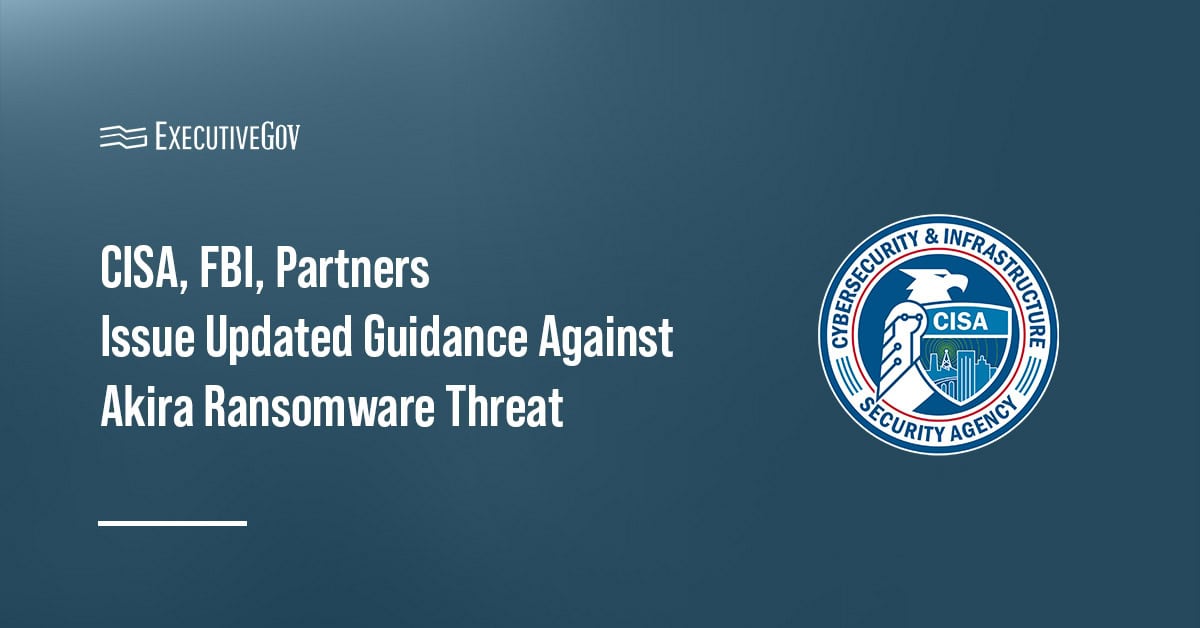 Congress has asked Defense Secretary James Mattis to submit two reports that would explain the Defense Department’s decision to pursue a single-award contract for the Joint Enterprise Defense Infrastructure Cloud program and offer a justification for the program’s contract duration, cost and format, C4ISRNET reported Thursday.
Congress has asked Defense Secretary James Mattis to submit two reports that would explain the Defense Department’s decision to pursue a single-award contract for the Joint Enterprise Defense Infrastructure Cloud program and offer a justification for the program’s contract duration, cost and format, C4ISRNET reported Thursday.Lawmakers stated their request through an omnibus spending bill recently passed by Congress.
“There are concerns about the proposed duration of a single contract, questions about the best value for the taxpayer and how to ensure the highest security is maintained,†according to the spending package’s draft.
Congressional concerns over the cloud program came weeks after DoD released a draft solicitation for the potential 10-year JEDI Cloud contract.





